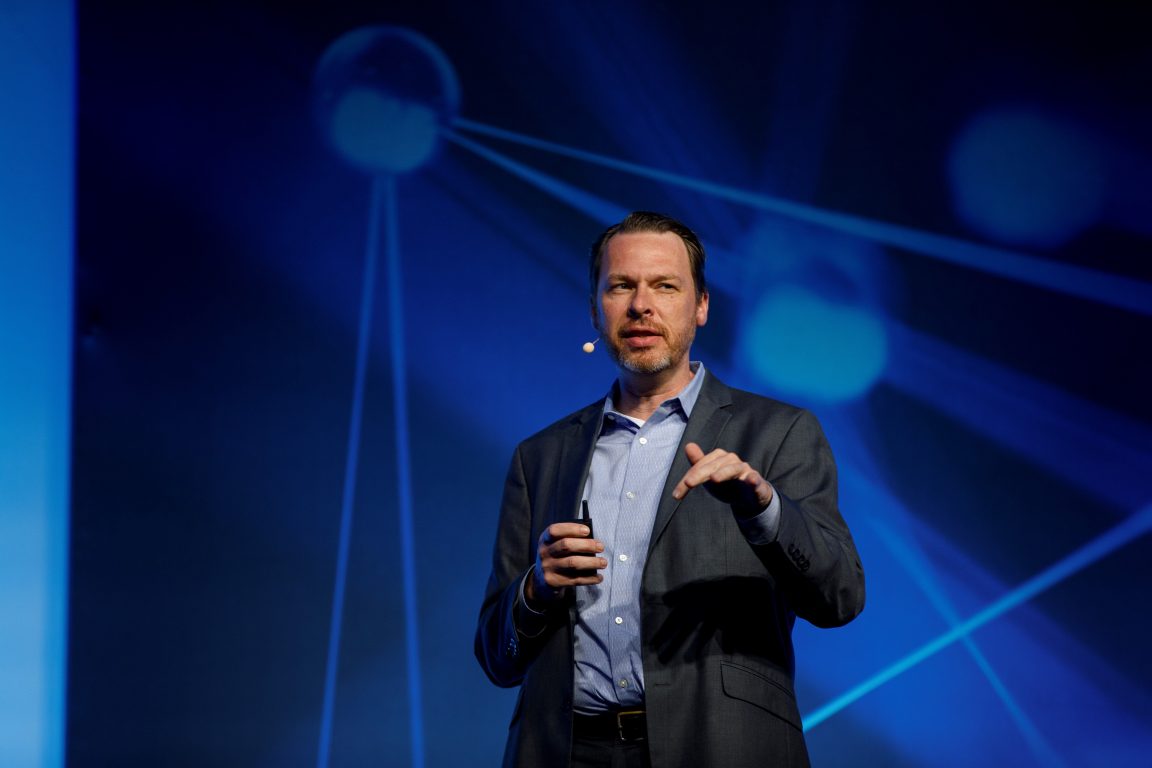Solving the 3 big employer challenges with Gartner
Here’s how to tackle hybrid work, burnout, and diversity and build better workplaces.
Why You Should Care
Hybrid work is the future.
But it comes with its challenges, and compounds issues employers are facing with burnout and diversity.
Find out how to solve these problems from three Gartner experts.
COVID-19 has transformed the world of work forever. It has pushed employers to reconsider where people work, and to rethink traditional attitudes that working from home equals unproductivity.
These shifting attitudes birthed hybrid working, a model where employees split their time between the office and remote locations. Hybrid is now seen to be the dominant model, according to research by the likes of Microsoft.
While there are many benefits of a hybrid work model – namely productivity, being able to spend more time with loved ones, and less time and money wasted on commuting – it is important to remember that this working model is not a panacea.
What are the challenges that hybrid working creates? And what can organizations do to solve these issues to the benefit of their business, as well as their employees? Three Gartner experts weigh in with their thoughts.
1. Fragmented workplaces
During a Gartner online roundtable, Brian Kropp, chief of HR research at the research giant, shared that hybrid work (which Gartner found was the expected model for 57% of organizations) is creating a fragmented workplace.

Brian Kropp, group VP and chief of HR research, Gartner.
This creates difficulties for organizations because “the entire purpose of having a company is having people come together to work to together, to collaborate, to achieve something bigger than any individual” can alone.
The issue is that “we just don’t know each other like we don’t before”, and digital communications cannot replace in-person connection.
Kropp notes that Gartner’s research shows that we are communicating more negatively with one another when working from home, compared to pre-pandemic.
“We use harsher words when we talk with each other”, and 44% of workers polled by Gartner are “actively avoiding other employees because they disagree with their politics”.
Therefore, Gartner recommends that companies focus on building “more human organizations where we actually care for each other” and “we help each other through difficult times”.
To humanize an organization, Kropp and Gartner advise that companies focus on connection. Rather than just focusing on rational connection (aka relationships that are directly related to work), organizations must prioritize emotional and social connections between colleagues.
This helps workers to understand who their colleagues are, “what their needs are, and how they view the world”. By doing this, organizations can “actually improve the performance and effectiveness of [that] rational connection”.
2. Burnout and stress
Another challenge Kropp identified was that burnout and stress are at an all-time high. 85% of the employees surveyed by Gartner are experiencing more burnout now than pre-pandemic, and 40% have a worse work-life balance.
This is confirmed by research by Gallup, which found that US employee stress in 2022 has exceeded the previous record set in 2020. On a daily basis, 44% of US workers are experiencing a lot of stress at work, while 40% are worrying about work.

Gus Vickery, senior principal, advisory, Gartner.
Although employers have increased their investments in the wellbeing space to try and tackle burnout, what companies are offering is not what employees want.
This explains Gartner’s findings that there is a low take-up of the wellbeing tools, as well as why employee feedback shows they feel unsupported by their employer.
According to Gartner’s senior principal Gus Vickery, the problem is that organizations are being too reactive when it comes to wellbeing.
They are trying to fix problems that already exist, rather than trying to address “the root causes that impact employee wellbeing”.
Vickery shared during the Gartner roundtable that the wellbeing triggers could be issues like high workloads, not feeling psychologically safe or included at work, or not having access to the same opportunities for progression as others.
Therefore, how do organizations make this mindset shift from being reactive to being proactive?
The first step is back to Kropp’s humanization of organizations. In addition to connection, another core pillar of human organizations is giving employees space for rest and recovery.
Kropp states: “Frankly, the best organizations are thinking about setting up for recovery”. This involves switching from expecting “maximum effort” at all times, and instead recognizing that is not possible for human beings, and instead they need to look after themselves before they become burnt out.
Vickery adds that employers need to make sure wellbeing is not something that is just the responsibility of HR departments, instead, it needs to be “owned by the whole organization as a strategic priority”.
As part of this, according to Vickery, employers must ensure their wellbeing benefits are bespoke and suit the different types of people that make up your organization.
Companies should also work to remove any stigma around speaking up about mental health issues. A solution could be leaders discussing their challenges (and how they have utilized the tools on offer to help).
This communication helps to raise awareness not only of what help companies are offering, and that employees are encouraged to actually make use of those tools to improve their wellbeing.
3. D,E&I and the ‘Great Resignation’
The roundtable conversation then switched to diversity, equity, and inclusion (D,E&I).
Despite significant investment in diversity initiatives, companies are “still missing the mark” and are unlikely to achieve their goals unless something changes, according to Katie Sutherland, senior principal advisor at Gartner HR.

Katie Sutherland, senior principal advisor, HR, Gartner.
This is a serious concern given that purpose and values are a leading cause of the ongoing war for talent – which has been dubbed the ‘Great Resignation’.
Research shows that employees want to work for companies that share their values, including around social justice and fairness.
Workers are prepared to quit their current jobs to find a new organization that is more genuine and authentic on topics like D,E&I, Sutherland notes.
While some companies may see the ‘Great Resignation’ as a blip, and not want to invest time in changing their talent strategies in response to a short-term trend, this is a mistake.
Gartner predicts that “the higher levels of turnover will be a permanent reality”, and attrition rates will be 20% higher in the long-term, Kropp notes. So companies really need to ensure they are prioritizing D,E&I; otherwise, they could be giving their employees an easy reason to leave.
Sutherland suggests that, given this new fragmented world of work, companies actually take a look at their D,E&I commitments and maybe have a strategy reset.
This could include auditing recruitment and promotion processes; this is easy to do, costs very little but can have a real impact in actually driving a more diverse and inclusive workplace.
In addition, senior leadership needs to move away from just making promises, and actually execute on their goals. C-Suite buy-in is essential to success, so Sutherland suggests that if the CHRO or CEO is failing to take action, then HR needs to find other C-level supporters “to help champion this work because it matters to the business”.
To help with leadership buy-in, organizations may consider making leaders properly accountable for progress (or lack thereof) on D,E&I outcomes. Some brands do this by tying executive pay to diversity progress.
The question now is: are you ready to make these changes and drive a better, more human organization that can thrive in the face of future challenges?
Want to hear more from UNLEASH? Sign up now for free access to all our online content, exclusive reports, as well as discounts for our events.
Sign up to the UNLEASH Newsletter
Get the Editor’s picks of the week delivered straight to your inbox!

Chief Reporter
Allie is an award-winning business journalist and can be reached at alexandra@unleash.ai.
